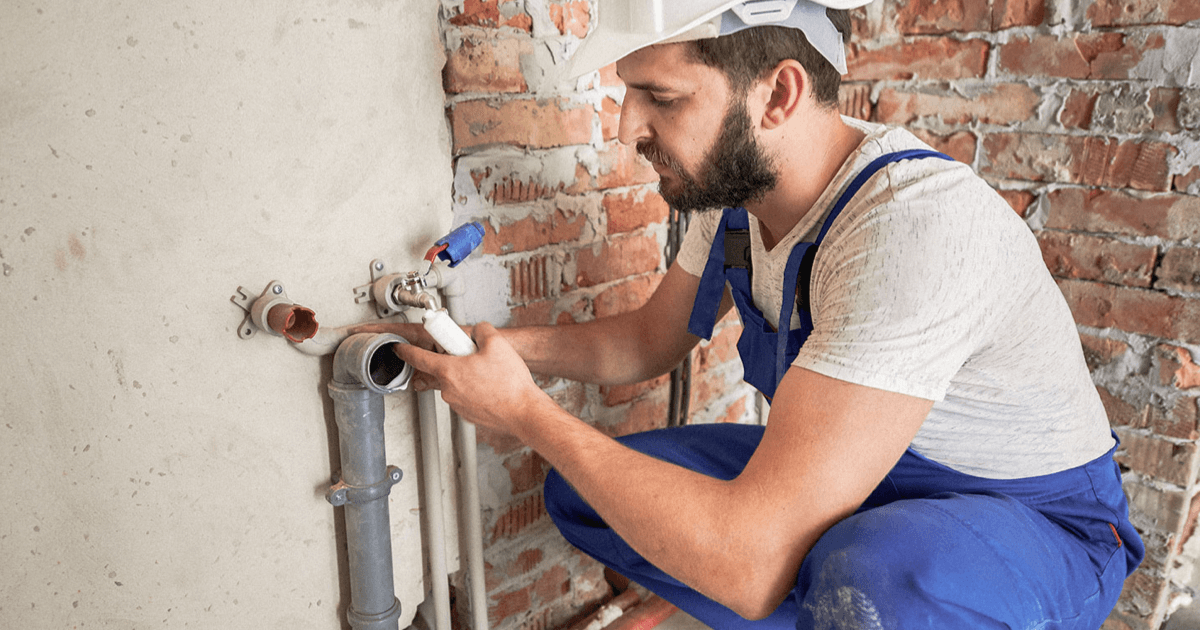A Step-by-Step Guide to Effective Hot Water Heater Installment for Ideal Efficiency
Getting started on the job of installing a hot water heater is an endeavor that requires precision and an organized approach for accomplishing optimum efficiency. The process begins with the crucial choice of selecting the ideal heating unit customized to the specific needs of your house, considering factors such as type, energy, and size source. As soon as chosen, preparing the setup location to meet safety requirements is paramount. However, the journey doesn't finish right here. As you proceed, the ins and outs of linking water lines and setting up dependable electrical or gas connections await, promising understandings right into ensuring efficiency and reliability.
Choosing the Right Hot Water Heater

Next, think about the dimension and capacity of the water heating system. It's important to examine your household's warm water needs, which can differ based upon the variety of residents and their use patterns. A system that's too tiny may bring about not enough warm water, while a large version may lead to unnecessary energy consumption.
Efficiency rankings additionally play a critical duty in choice. Look for hot water heater with high Energy Element (EF) ratings, showing superior performance and reduced energy usage. Tankless versions, though normally extra pricey ahead of time, deal substantial power cost savings over time due to their on-demand home heating capabilities.
Preparing the Installation Location
Prior to setting up a brand-new hot water heater, precise prep work of the installation location is crucial. This makes certain a smooth setup process and aids protect against future complications (Drain Cleaning Alabaster AL). Begin by selecting an ideal area that follows neighborhood building codes and safety and security standards. The location should be dry, well-ventilated, and accessible for upkeep. It's critical to measure the room very carefully to accommodate the water heating system's measurements, making certain ample clearance around the system for effective procedure and maintenance.
Check the flooring for security, as the water heating system will certainly require a strong, level surface area to operate effectively. If needed, set up a drip pan under the device to capture prospective leaks or spills, stopping water damage to the surrounding area.
In addition, make sure that all required tools and materials are on hand prior to starting the installment. This includes items such as wrenches, screwdrivers, a level, and any type of extra equipment needed for mounting and securing the heating system. A well-prepared installment location sets the structure for an effective hot water heater configuration, enhancing performance and safety and security.
Connecting Water System Lines
When attaching water lines to your recently installed water heater, it is important to make sure that all links are leak-free and secure to keep efficient procedure and prevent water damages. Begin by identifying the cool and hot water system lines. The cold water inlet is commonly noted with a blue tag or a "C", while the warm water electrical outlet is noted with a red tag or an "H".
Usage adaptable water heater adapters to help with a much easier installment procedure. Before affixing the connectors, position a plumbing's tape around the threaded ends of the water heating unit's inlet and electrical outlet pipelines.
When connections remain in area, gradually switch on the main water system valve. Check each connection for leaks by aesthetically examining and feeling for dampness. Tighten links as needed, and ensure his explanation the pressure safety valve is correctly mounted, securing against too much pressure accumulation.
Setting Up Electrical or Gas Links
Properly setting up the electrical or gas links for your water heating unit is a vital action to make sure secure and effective operation. For electrical water heating units, start by validating that the electric circuit is suitable with the heating unit's voltage and amperage needs.
For gas water heating systems, security is vital. Attach the gas line to the water heating system utilizing a versatile gas connector, ensuring it is appropriately threaded and sealed with pipeline joint substance or Teflon tape appropriate for gas connections.
When links are made, examine for any kind of potential leakages. For gas lines, apply a soapy water service to the joints; bubbles show a leak. For electrical links, ascertain that all circuitry is secure and correctly protected, preserving conformity with regional electric codes.
Checking and Readjusting for Effectiveness
With the electric and gas links securely in place, the next action is assessing the functional efficiency of your water heater. Begin by meticulously transforming on the water supply and making certain there are no leaks at any of the valves or joints.
Following, do a detailed evaluation to guarantee the heating aspects or burner are functioning correctly. For electrical heating units, use a multimeter to verify if the elements are drawing the proper current. In gas models, observe the heater flame; it should be constant and blue, indicating efficient combustion.
Change the setups as needed to get rid of inefficiencies. Think about carrying out insulation steps, such as adding a hot water heater covering, to even more improve efficiency by reducing warmth loss. Additionally, examine the anode rod's condition, as a shabby rod can lower effectiveness and result in container rust.
Conclusion
Reliable water heating unit installation is vital for guaranteeing ideal performance and power cost savings. Firmly linking water supply lines and very carefully establishing up electric or gas connections reduce potential problems.

Effectively setting read more up the electrical or gas connections for your water heating unit is a crucial step advice to ensure reliable and secure operation. For electrical water heating units, begin by validating that the electric circuit is suitable with the heater's voltage and amperage requirements. Link the gas line to the water heating system using a versatile gas adapter, guaranteeing it is effectively threaded and secured with pipe joint substance or Teflon tape appropriate for gas links.